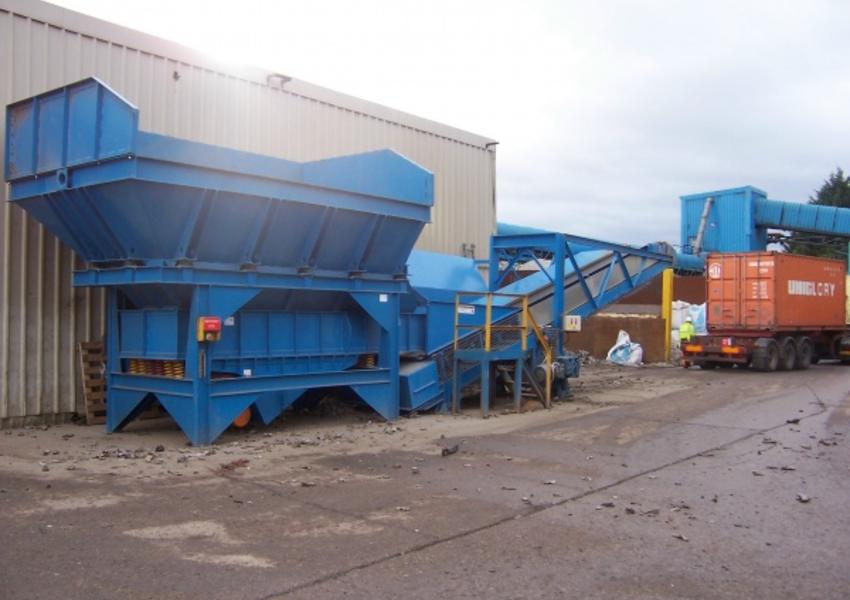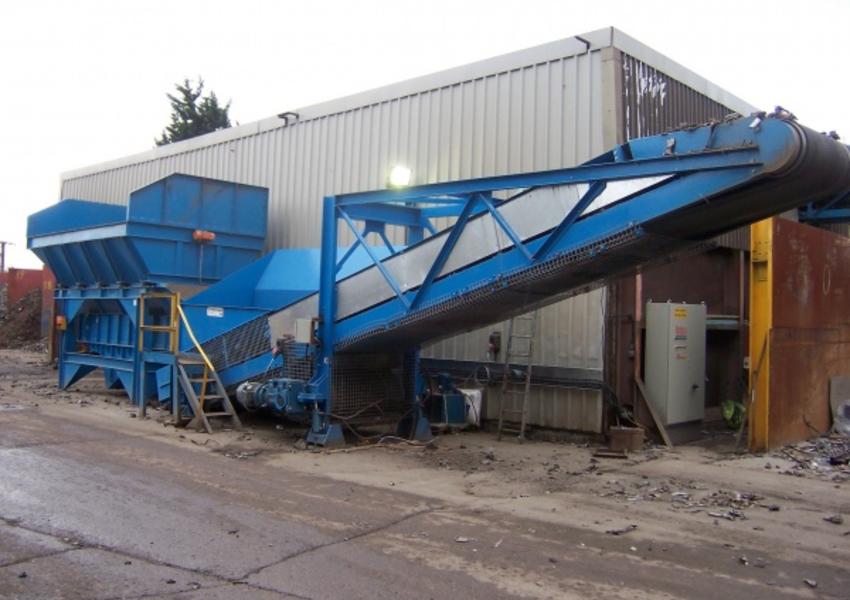Canning provide new loading system for Sims
In a recent project for the recycling industry, Canning Conveyor has just recently completed a project for Sims Metals.
Sims Metal UK is the country's second largest recycler of ferrous and non-ferrous metals with sales over 2,000,000 tonnes annually. Its national collection infrastructure and processing network offers a total solution for the waste sector, industry and the public community.
Its satellite network of collection and transfer facilities channel scrap metal flows into several world class multi-process hub facilities, strategically located for domestic steel and foundry customers or on dockside facilities, allowing access to near Continental markets as well as deep sea destinations.
The three main recycling processes undertaken by Sims Metal UK are shredding, baling and shearing. Sims Metal UK's five shredders produce approximately 1,000,000 tonnes annually of high quality shredded furnace feed from end of life products, primarily consisting of End of Life Vehicles and Consumer Goods. Its baling operations produce high quality, low residual bundles from new industrial scrap. Its multiple hydraulic shearing capacities produces cut grades from obsolete scrap for the steel and foundry industry.
At the Sims Metal, Long Marston, Stratford on Avon site non ferrous residue is delivered from all the group shredders for dispatch to overseas destinations.
Canning Conveyor were invited to replace an existing arrangement and provide a loading system that would cater for the different size shipping containers that would be utilised for the transportation of the material.
Canning supplied a new 1200mm wide x 11m approximate drum centres, heavy duty troughed belt loading conveyor.
Due to the nature of the application this was constructed of extra heavy duty PFC stringer construction which was designed to accept scrap metal fragments fed onto the conveyor from a hopper/vibrating tray feeder unit.
The conveyor is supported by a fabricated steel tower in the mid section, braced and stiffened and houses the bend drums and the drive drum.The tower is fitted with telescopic legs and two 15 tonne hydraulic rams for the purpose of lifting and lowering the conveyor by 300mm from its maximum to minimum elevations, thus enabling the interface between the different container sizes.
Additionally at the tail end of the conveyor there is a pin connection to ground level to facilitate the hinge mechanism.
In the operation the discharge is directly fed into the rear of a shipping container which is position on a flat bed articulated truck.
The conveyor project was designed and manufactured by Canning who also installed and commissioned the project.
Mick Court of Sims Metals commented "Since replacing the old loading conveyor with the new design, it has enabled us to halve our loading time per container.This has increased the number of containers we load per day.The new design is more reliable and having the option to raise and lower the head drum has removed the height restrictions which caused damage and downtime."

